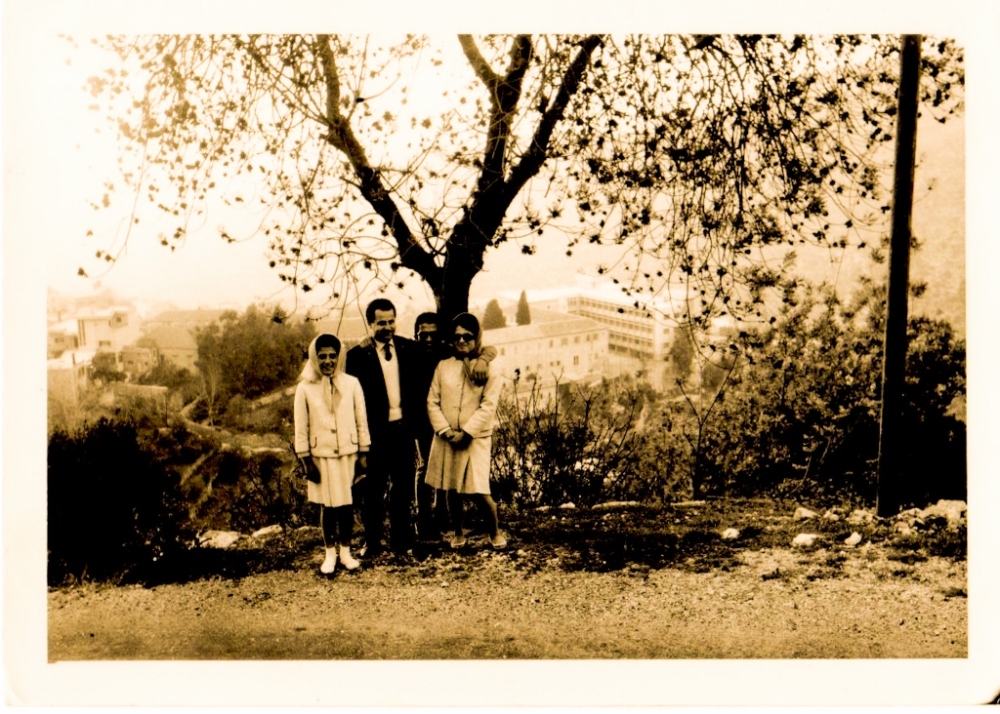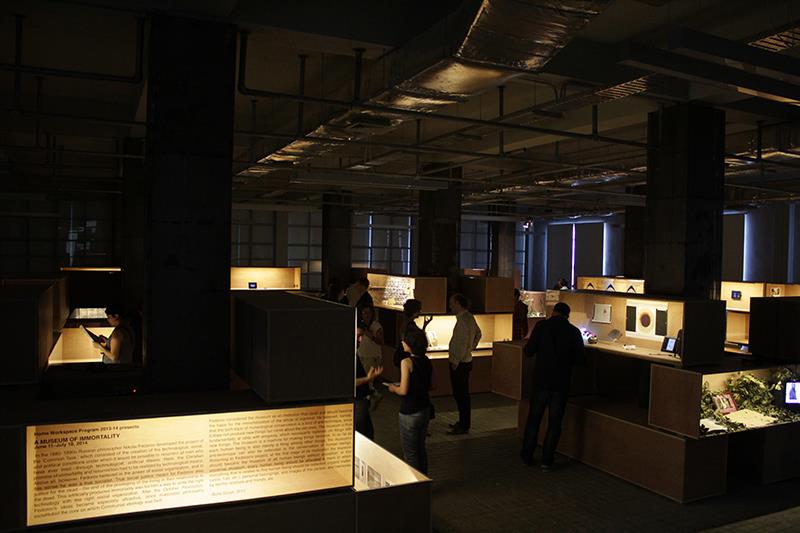que je laisse anonyme et qui est décédée en 2005 et ces images sont restées et que la plupart d’entre elles datent d’environ 1950.
Originaux ont de petites dimensions de 10 par 7 cm environ chacune.
Environ 20 d’entre elles que j’ai imprime séparément sur Papier A4.
Elles contiennent une certaine importance personnelle pour moi mais elles montrent un monde
autour de cette personne dans une période / temps où je n’étais pas encore né vers 1950.June 2014 : Contributor to Exhibition ‘ Museum Of Immortality ‘
Pictures that used to belong to one person that i knew and that passed away
in 2005 and these pictures stayed and that most of them date around 1950 .
Originals have small dimensions as 10 per 7 cm approximately each .
About 20 of them that print it out each of them separately on
A4 paper .
they contain some personal significance for me however they show a world
around this person in a period / time where i was not yet born around 1950 .


11 Juin to 18 Juillet 2014Opening: Mercredi 11 Juin 2014, 6:30 pm Accueil Programme Workspace est heureux de vous présenter un musée de l’immortalité, à l’affiche du 11 Juin au 18 Juillet 2014 L’exposition est initiée par Anton Vidokle, à la suite un concept de conservation par le théoricien et historien Boris Groys. Un musée de l’immortalité est composé d’œuvres de plus de cinquante artistes, écrivains, conservateurs, des cinéastes et des architectes qui ont participé et contribué à l’Accueil Programme Espace de travail 2013-14, présentés dans un environnement architectural conçu par Nikolaus Hirsch et Michel Müller.
“le philosophe russe Nikolai Fedorov 1880-1890s a développé le projet de la« tâche commune », qui consistait en la création des conditions techniques, sociales et politiques dans lesquelles il serait possible de ressusciter tous les hommes qui ont vécu , par des moyens artificiels technologiques. Ici, la promesse chrétienne de l’immortalité et de la résurrection devait être réalisé par des moyens technologiques. Mais surtout, Fedorov croyait dans le pouvoir de l’organisation sociale, et en ce sens qu’il était un vrai socialiste. La véritable justice sociale destiné à Fedorov aussi la justice pour la mort la fin de privilégier la vie dans leur relation à la mort. Cette immortalité produite artificiellement était pour lui un moyen d’unir la bonne technologie avec l’organisation sociale . Après la Révolution d’Octobre, les idées de Fedorov sont devenues particulièrement attrayant, car la philosophie matérialiste a constitué la base sur laquelle l’idéologie communiste a été construite.“Fedorov a considéré le musée comme une institution qui pourrait et devrait servir de base à l’immortalisation de l’ensemble de l’humanité. Il croyait, à savoir que la technique de conservation muséologique est une sorte d’anti-technique, car elle ne produit pas de nouvelles choses, mais se soucie des anciens. Le musée est donc fondamentalement incompatible avec le progrès, qui remplace nécessairement les choses anciennes avec de nouvelles choses. Le musée est une machine pour faire les choses immortel. Dans la mesure où chaque être humain est aussi simplement une chose parmi d’autres choses, anti-technique du musée peut également être étendu à la conservation des êtres humains. Selon le projet de Fedorov, lors de la première étape de sa réalisation le musée doit devenir le musée de tous les êtres humains sans exception: dans ce musée universel, chaque être humain doit être attribué une chambre dans laquelle tout ce qui est lié à cet être humain devrait être recueilli: la matière organique (urine, cheveux, etc), effets personnels, et les images de cette personne, et les souvenirs de ses parents et amis, etc “
-Boris Groys 2012
A Museum of Immortality
June 11 to July 18, 2014Opening: Wednesday, June 11, 2014 at 6:30pmThe Home Workspace Program is happy to present A Museum of Immortality, on view from June 11 through July 18, 2014. The exhibition is initiated by Anton Vidokle, following a curatorial concept by theorist and historian Boris Groys. A Museum of Immortality is comprised of works by more than fifty artists, writers, curators, filmmakers and architects who took part in and contributed to the 2013–14 Home Workspace Program, presented in an architectonic environment designed by Nikolaus Hirsch and Michel Müller.
“In the 1880–1890s Russian philosopher Nikolai Fedorov developed the project of the ‘Common Task,’ which consisted of the creation of the technological, social, and political conditions under which it would be possible to resurrect all men who have ever lived—through technological, artificial means. Here, the Christian promise of immortality and resurrection had to be realized by technological means. Above all, however, Fedorov believed in the power of social organization, and in this sense he was a true socialist. True social justice meant for Fedorov also justice for the dead—the end of the privileging of the living in their relationship to the dead. This artificially produced immortality was for him a way to unite the right technology with the right social organization. After the October Revolution, Fedorov’s ideas became especially attractive, since materialist philosophy constituted the core on which Communist ideology was built.
“Fedorov considered the museum as an institution that could and should become the basis for the immortalization of the whole of mankind. He believed, namely, that the technique of museological conservation is a kind of anti-technique, since it does not produce new things but cares about the old ones. The museum is thus fundamentally at odds with progress, which necessarily replaces old things with new things. The museum is a machine for making things immortal. In so far as each human being is also merely a thing among other things, the museum’s anti-technique can also be extended to the conservation of human beings. According to Fedorov’s project, at the first stage of its realization the museum should become the museum of all human beings without exception: in this universal museum, every human being should be allocated a room in which everything that is related to this human being should be collected: organic matter (urine, hair, etc.), personal belongings, and images of this person, and memories by her/his relatives and friends, etc.”
–Boris Groys, 2012

more on Exhibition ‘ Museum Of Immortality’ here :
http://www.e-flux.com/announcements/a-museum-of-immortality/
http://artforum.com/picks/id=47410
http://rhizome.org/editorial/2014/jun/26/long-live-immortality/
http://www.dailystar.com.lb/Culture/Art/2014/Jun-19/260631-immortality-on-display-in-54-boxes.ashx?
— at Ashkal Alwan.
